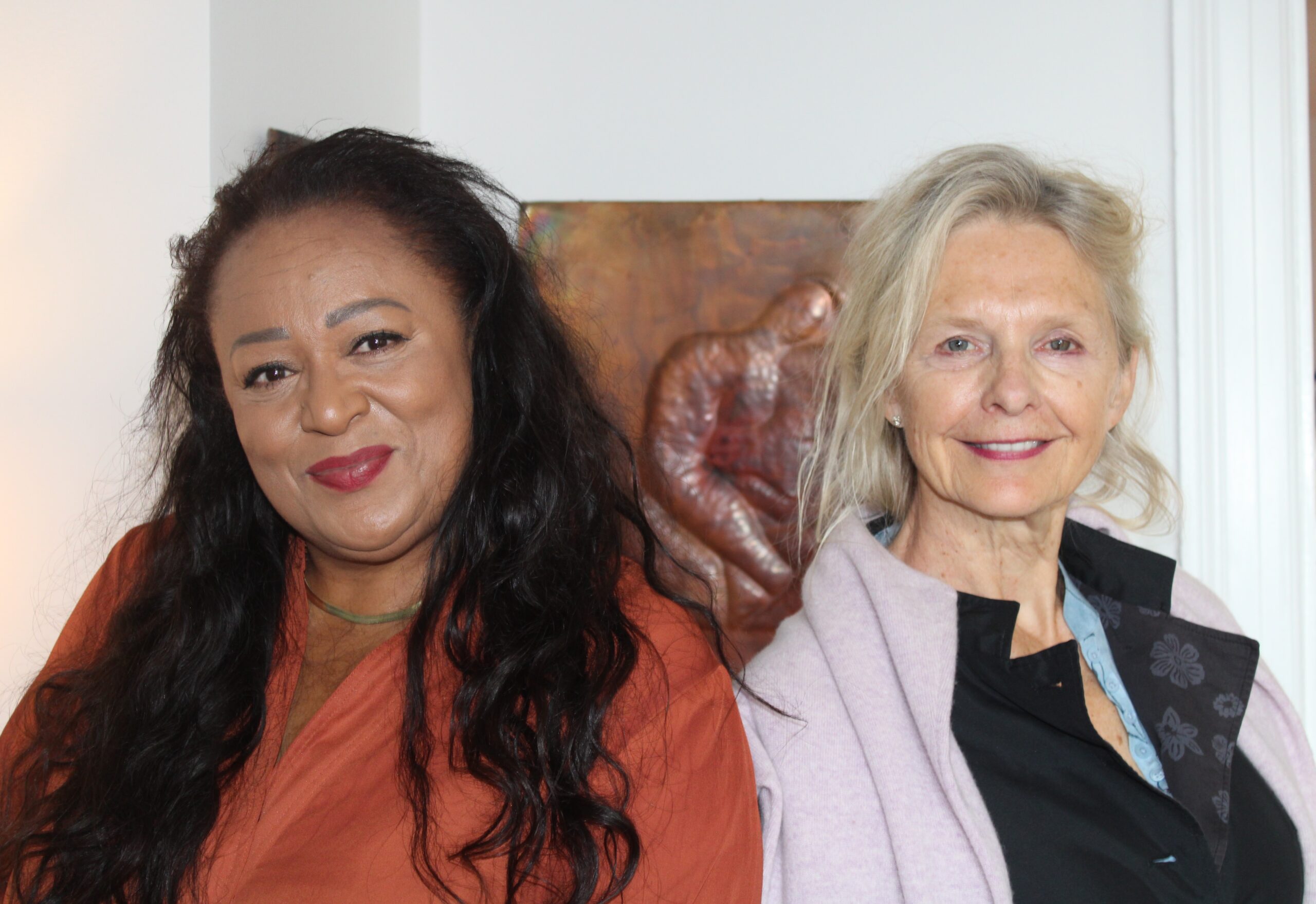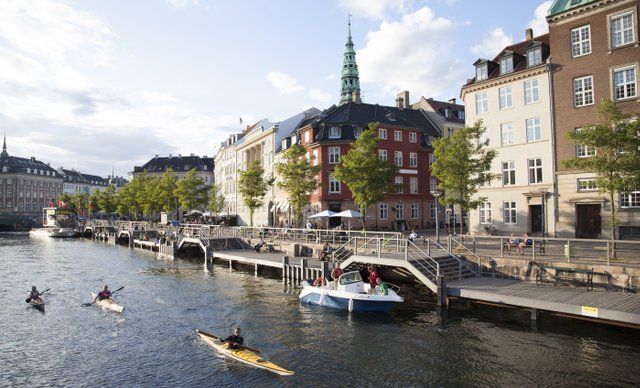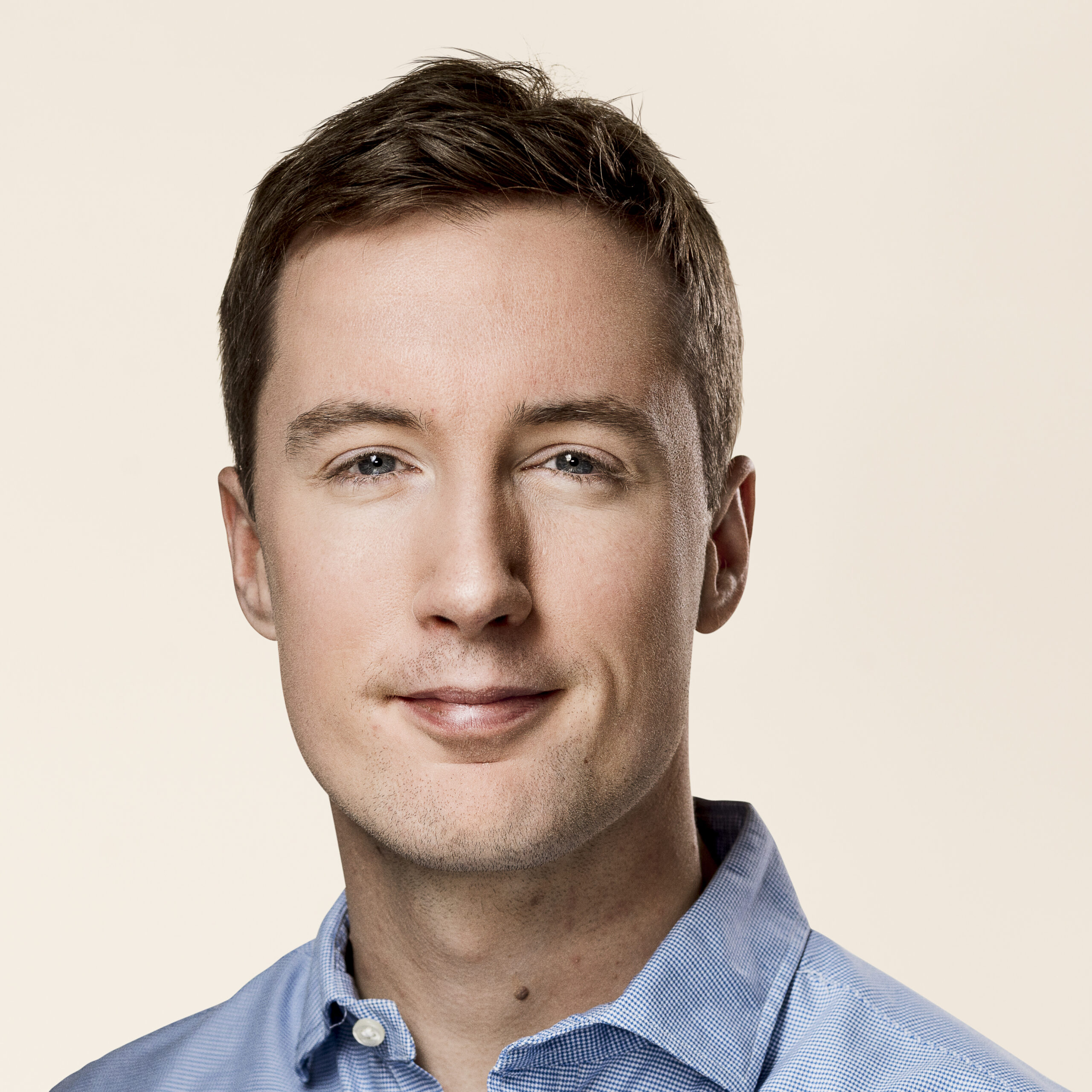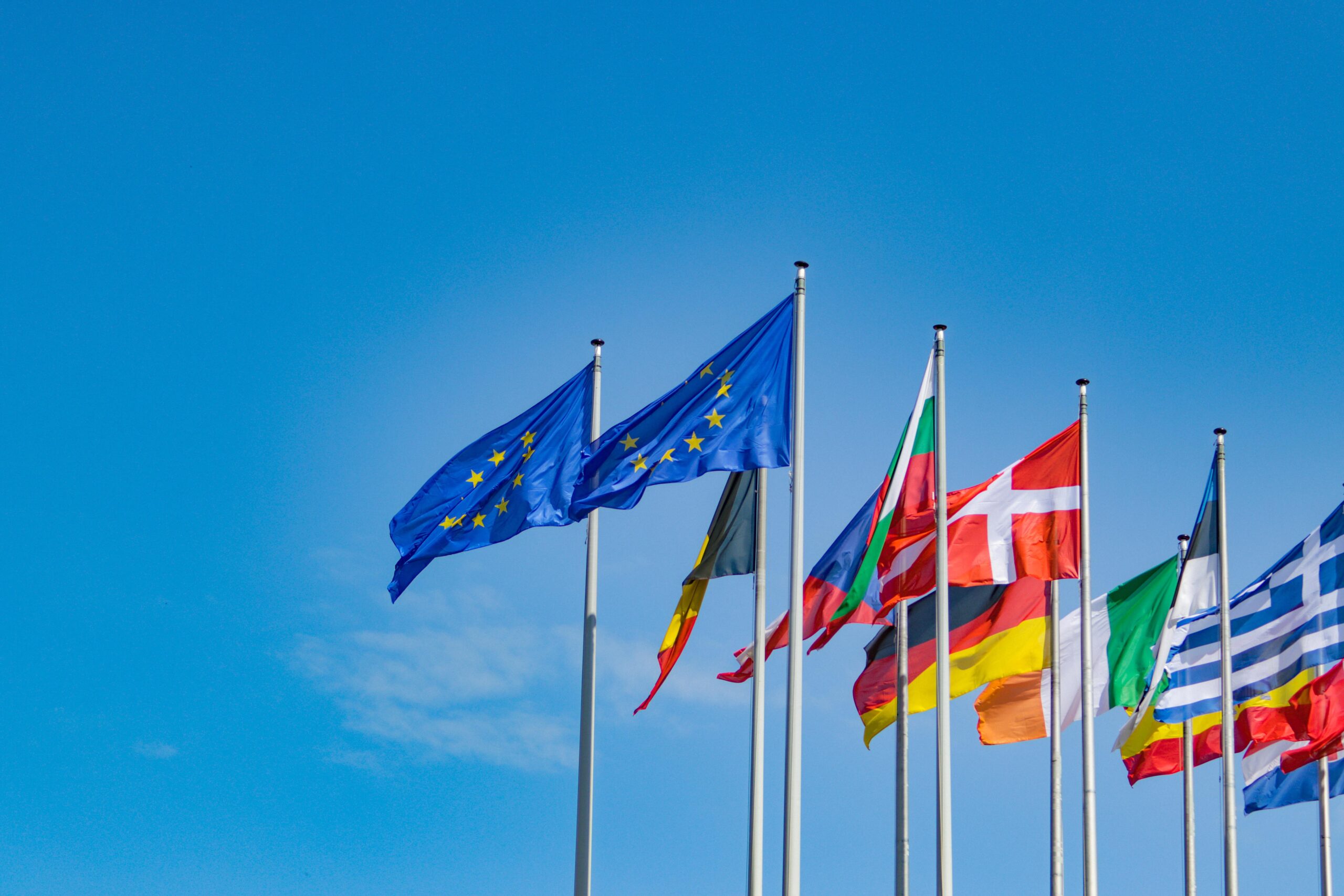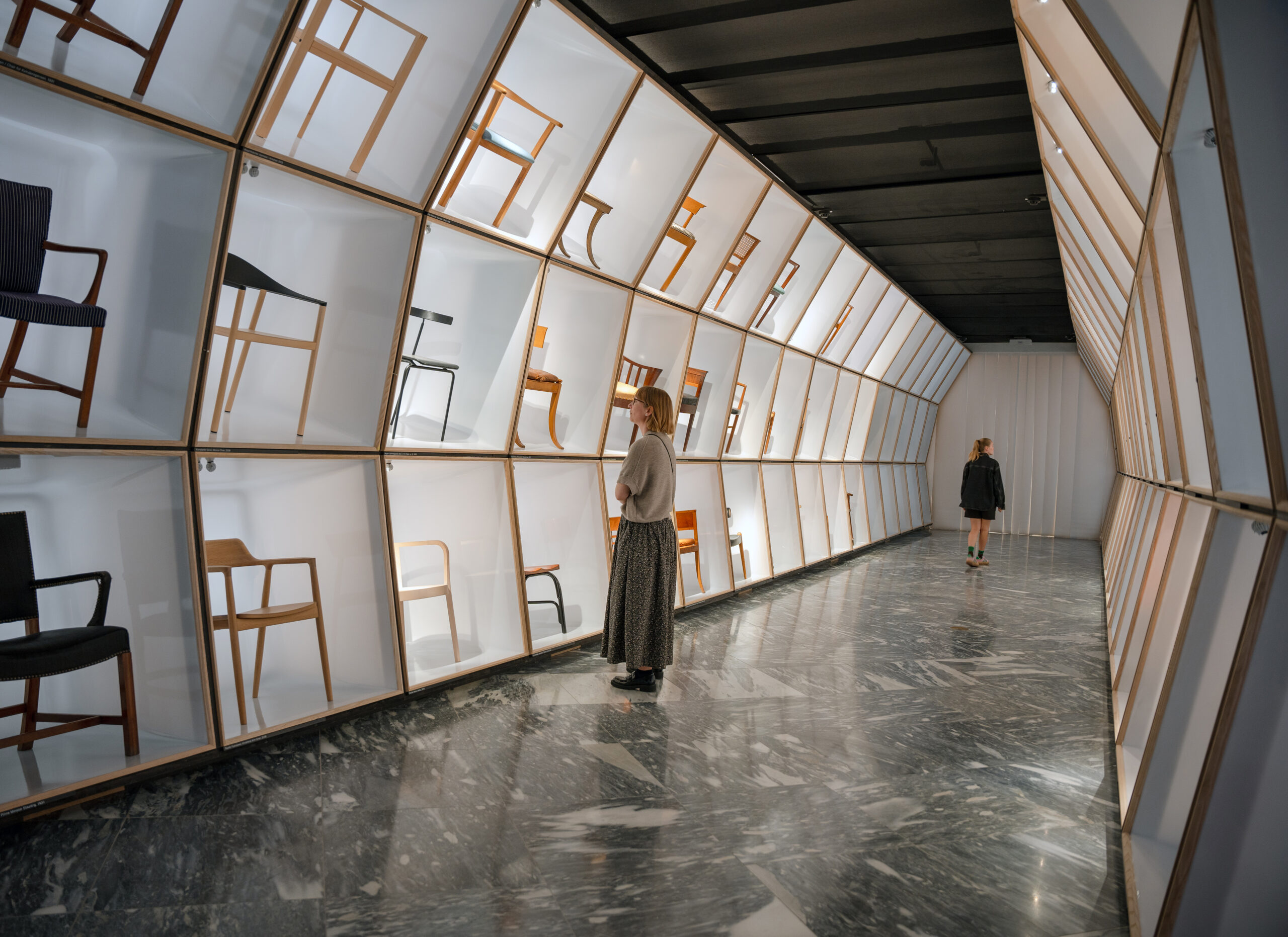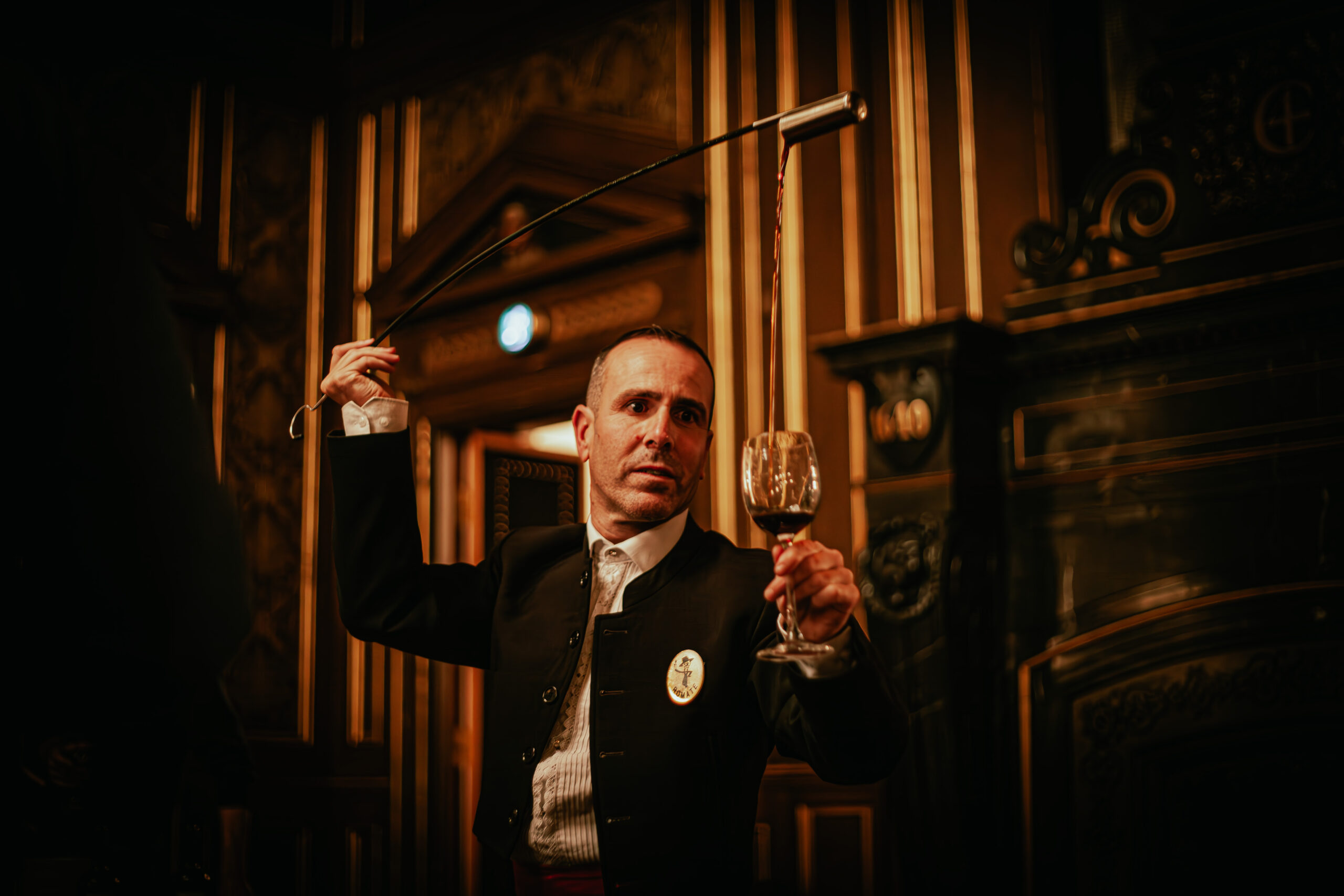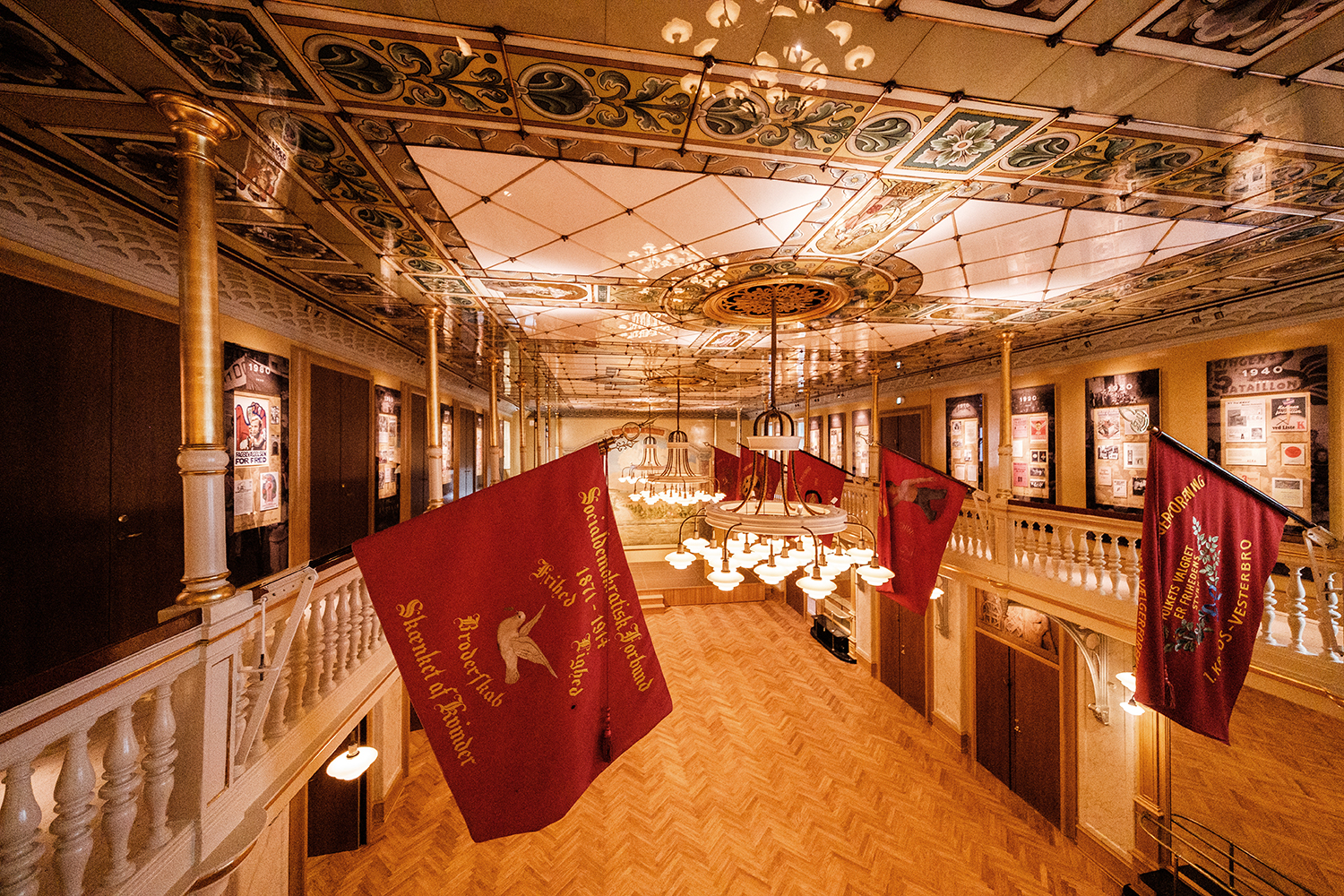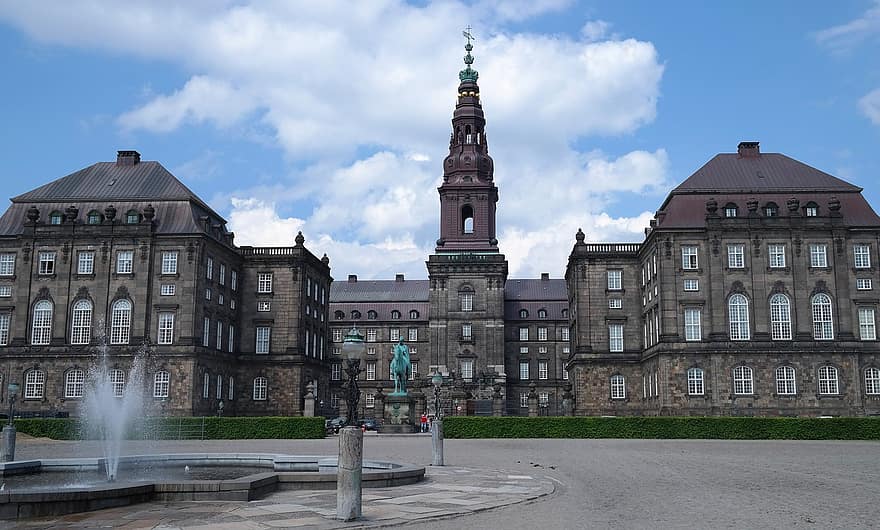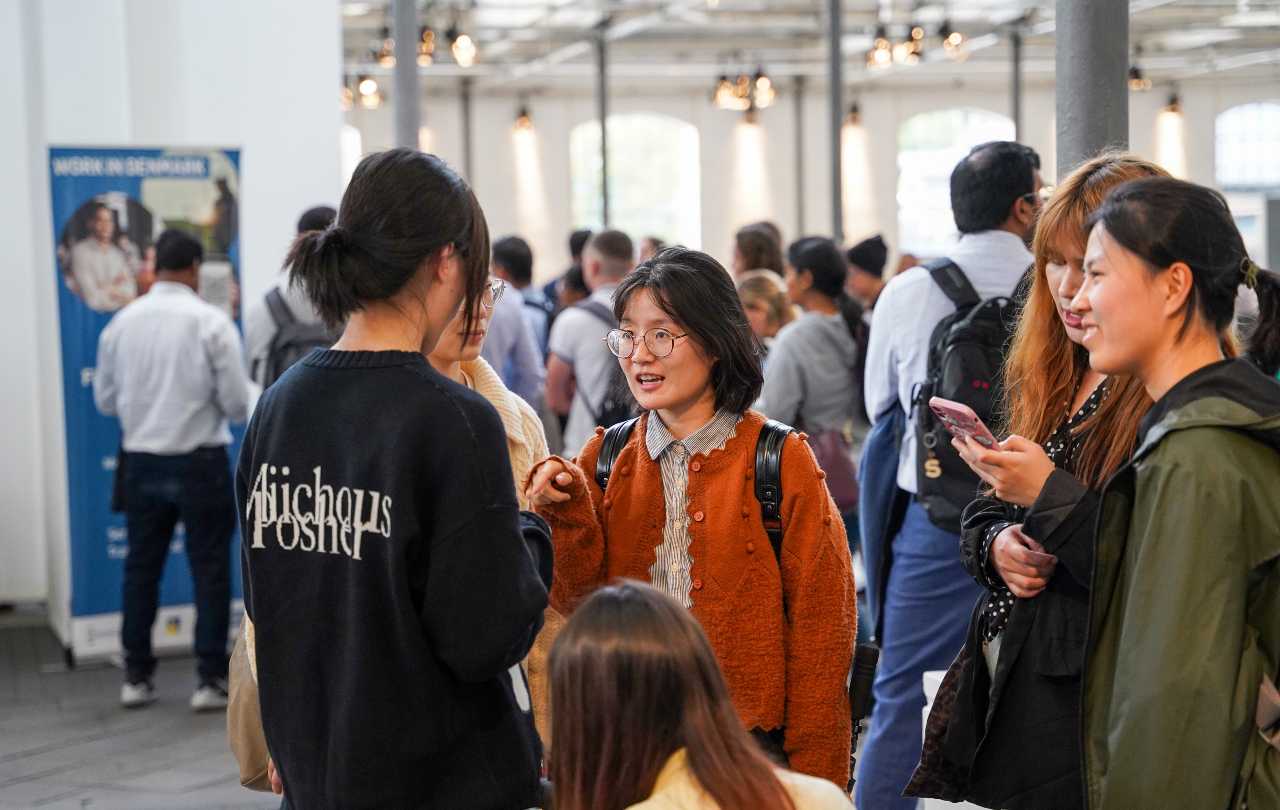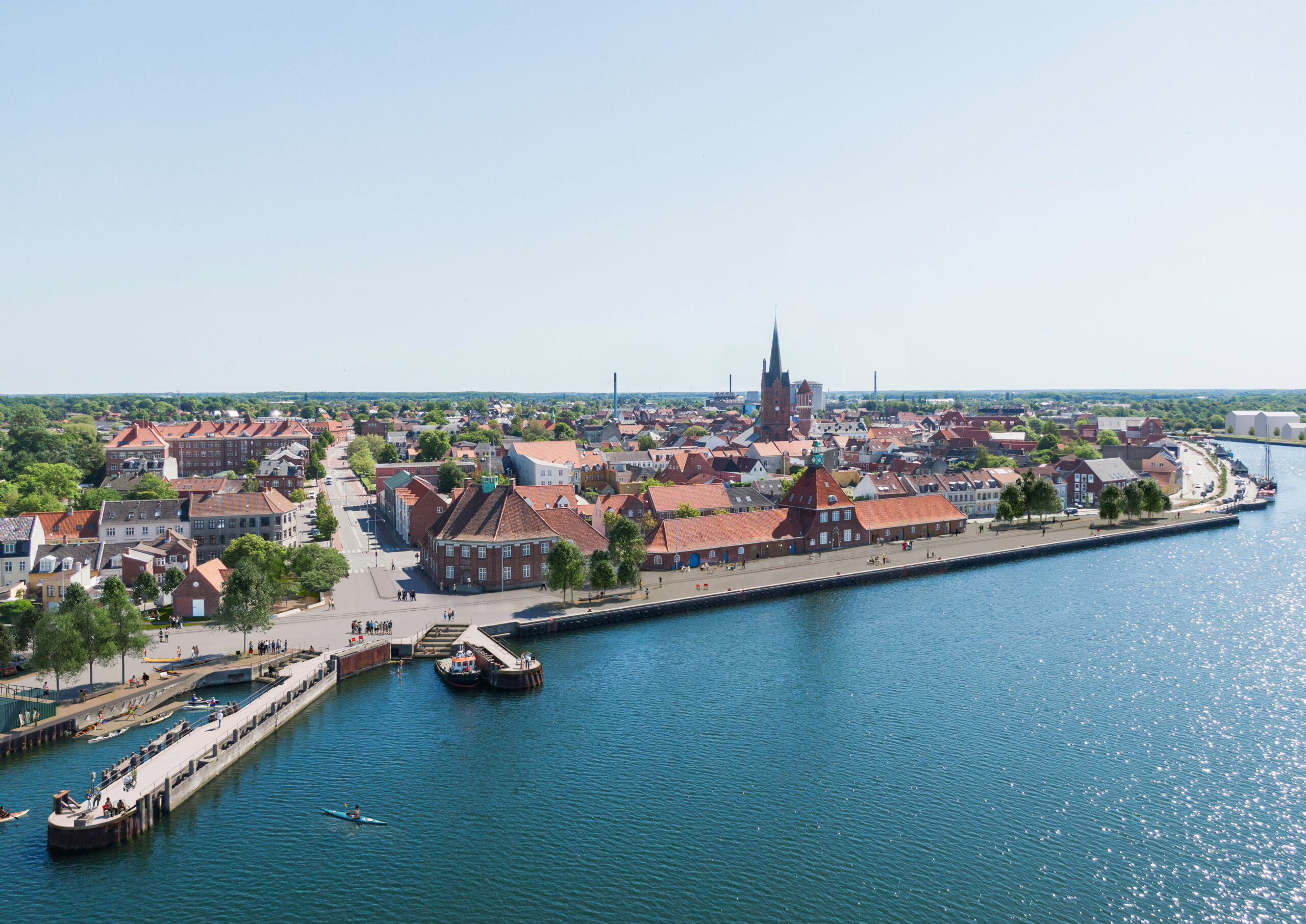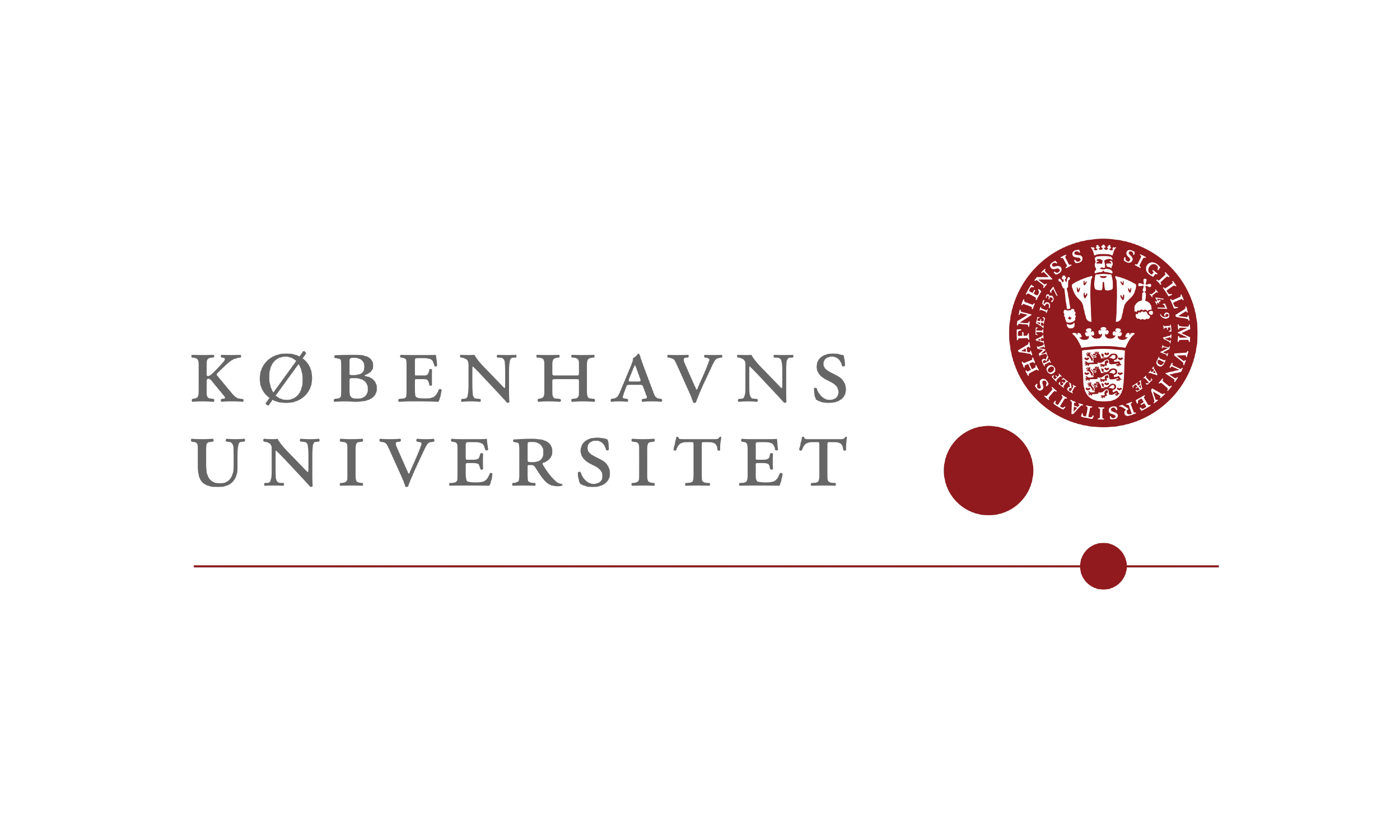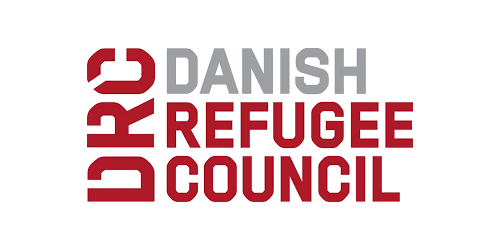Back in the 1980s, when I was a young man, I somehow had a good ‘gaydar’ and was able to spot whether a man was gay or not. Many who later became my friends had, as my dad said, “a touch of lavender about them”. Somehow they were different, whether it was due to their flawless skin (from using a face moisturiser) or naturally better fashion style, or just too much hairspray. Or the fact that the ‘80s were all about big hair, big shoulder pads and lots of glamour, and homosexuals didn’t look as ridiculous as the straights. My point is, I generally found them easier to spot and so would always gravitate towards them, knowing that at least I would have a fun night out.
Move forward 25 years and, you know what, today I cannot really tell anymore who is gay or not! Last weekend out in Copenhagen, my ‘gaydar’ was malfunctioning as I looked around the busy bar I was in. The straight men chatting up the chicks looked like the new gay boys to me. With their pumped up tattooed bodies, fake tans, flawless skin, perfect hair, plucked eyebrows and highly conscious fashion style, they looked gayer than my gay friends.

It’s what I have been told is the metrosexual look that is currently sweeping this city. Today it’s the straight boys who are copying the gay boys and embracing the ever-growing market of male grooming.
The term metrosexual was first coined in 1994 and describes a man who spends a lot of money and time on his appearance. Six main tips have been identified for how to spot them:
1. They own 20 pairs of shoes, half a dozen pairs of sunglasses, just as many watches and often carry a man-purse.
2. They see a stylist instead of a barber, because barbers don’t do highlights.
3. They only wear Calvin Klein or Björn Borg briefs, which can be seen at all times.
4. They shave more than just their faces. They also exfoliate and moisturise.
5. They cannot imagine a day without their hair styling products.
6. They can’t stop admiring themselves in the mirror at the local gym while they pump iron.
So today it’s okay for a man to be vain, whatever your sexual persuasion, and now Copenhagen is awash with metrosexuals who look gay, even act a bit gay, but clearly are not. I wonder if they see their own irony?
Meanwhile, it looks like the homosexuals have quit the vanity battle and have gone to live a heterosexualised quiet, normal and suburban life with Villa, Volvo and Wuffy. Today they are the ones with little style and can often be spotted in unflattering jogging pants and tasteless casual sweaters at the local garden centre.
So it’s a crazy world right now with heterosexual men looking like the new gay boys, and gay men acting like the old bad-styled straights. It makes you wonder what’s next for male sexuality in the 21st century? Maybe the next big thing to come from all this male vanity and sexual identity crossover is the rise of the bisexual.
My view is: bring it on!
Illustration provided by Mormor.

